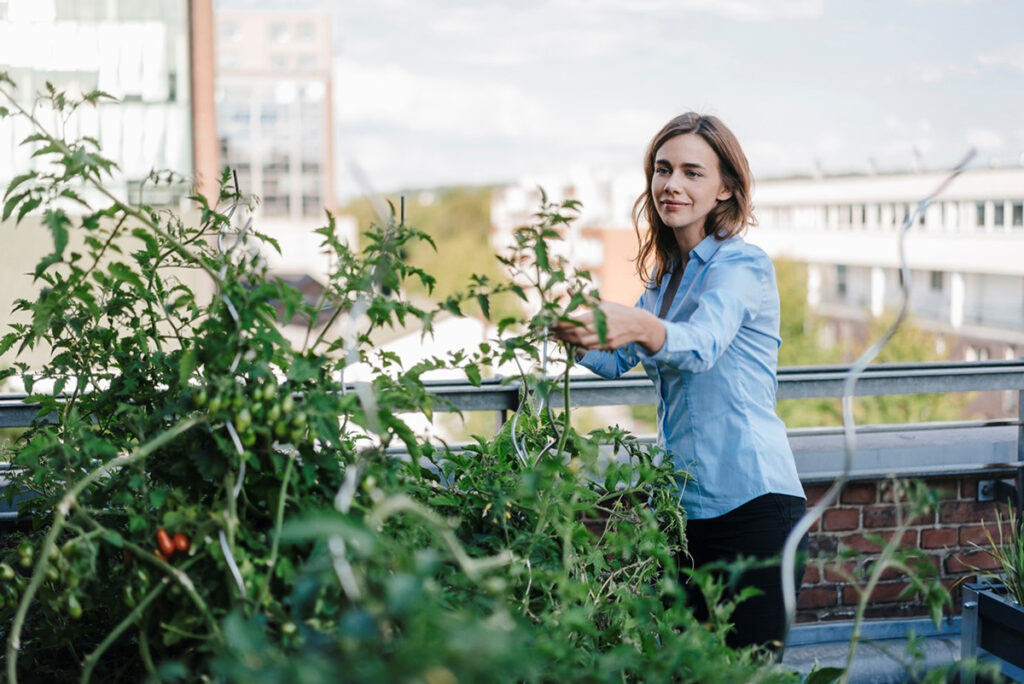Green Roofs & Walls
BUILDINGS & ENVIRONMENT

Introduction
Green roofs and walls are among the most widely used water management practices in urban areas. Green spaces clean the air, facilitate water retention, provide natural habitats for a variety of species, cool the temperature, serve as shadowing facilities, etc. Green roofs and walls make the cities more liveable places for the citizens while also contribute to climate change adaptation.
Description
As densely populated cities often have fewer green areas, bigger cities have to seek creative solutions to make their environment greener. Increasing the territory of green areas in the city can be very difficult or limited. However, building stock has a great potential via their exposed surfaces – we can cover the roofs or walls of residential, public and industrial buildings with vegetation after paying attention to the necessary waterproof membranes and roof loading.
Green roofs and walls contribute to retain precipitation while providing insulation for the buildings. They not only cool the building and the urban environment, limiting urban heat island effect and facilitating biodiversity, but they also reduce the effects of extreme temperatures and flash floods since storm water can be kept by the vegetation of the green roofs.
Better air and water quality are also amongst the potential benefits of investing in green roofs and walls. Green roofs can be installed on small and large structures, typically including drainage and irrigation systems. Although green roofs are recommended to be applied in urban areas, it is not a suitable solution where wind can be strong. Vertical green walls have similar benefits as green roofs while they can also help protect the building stock.

